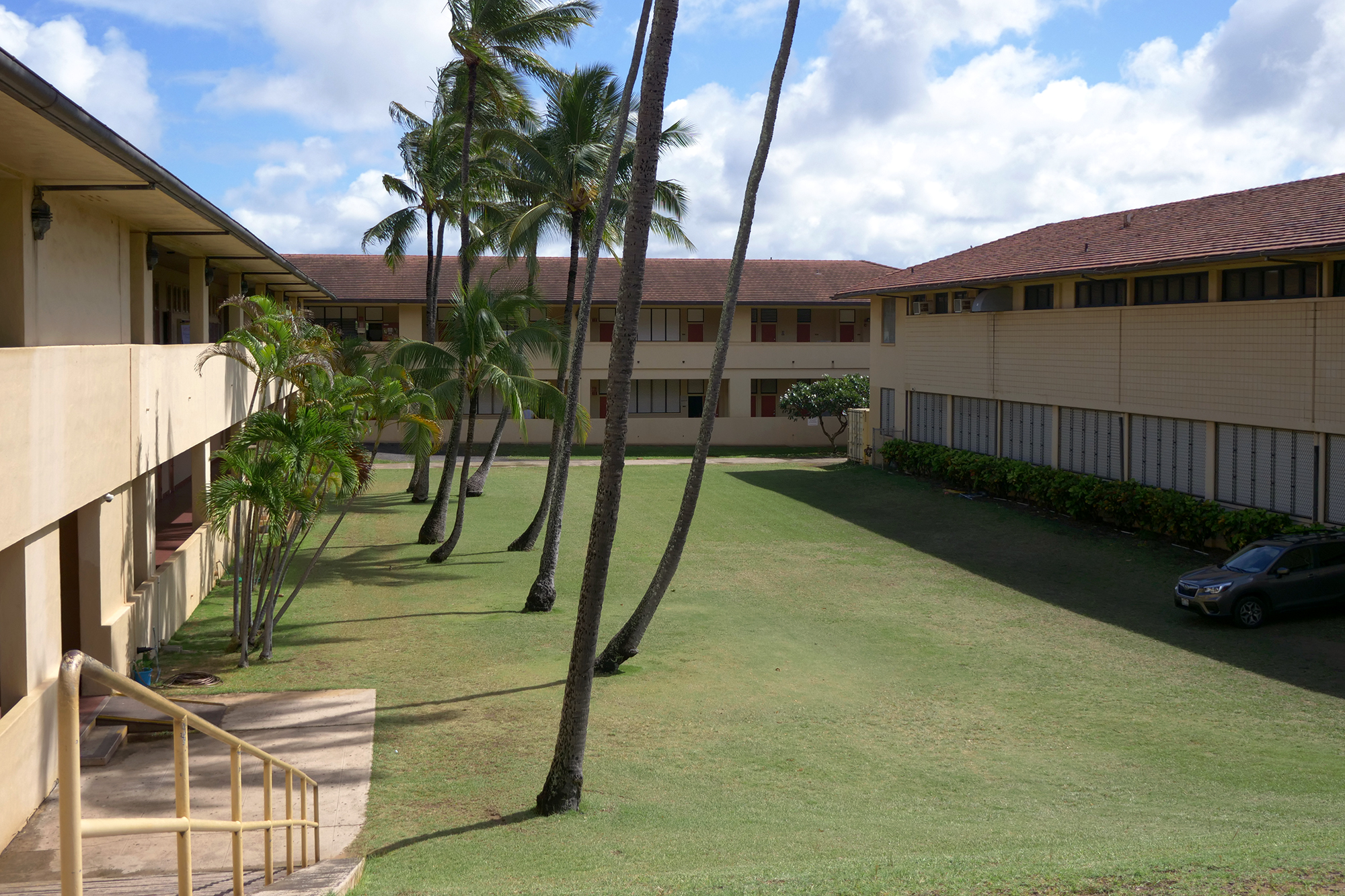In recent weeks, the Hawaii State Teachers Association (HSTA) has received a number of inquiries about what we are negotiating for summer school and other summer learning programs.
HSTA does not represent teachers who teach summer school or e-school. As such, the HSTA contract does not apply to those employees. Summer school and e-school are considered casual employment, and we do not have specific information regarding the pay rate, working conditions, or hours for summer school and e-school teachers.
We are providing the following information to help those who are involved in a summer learning program and address questions from our members.
On May 19, the Hawaii Department of Education announced its summer programs.
This Summer 2020 Learning Opportunities and Resources chart outlines all the options.
Plans include traditional summer school at 19 schools statewide. They also include online credit recovery, credit acceleration, and e-school, as well as what they are calling school-based learning opportunities, or hubs.
In addition, the HIDOE will launch mobile learning labs in four pilot locations to provide Wi-Fi access and learning opportunities focused on English language arts/reading, mathematics, social studies, and science. Pilot locations will focus on rural communities where connectivity and access are a challenge, including Kau (Hawaii Island), Hana (Maui), Molokai, and Kauai.
The HIDOE also has a homeless outreach pilot program titled YES, which is launching a bus that will travel to each district on Oahu once a week: Honolulu, Central, Leeward, and Windward. This initiative will engage hard-to-reach students and families, provide basic necessities such as food and hygiene supplies, and deliver fun educational activities. It is meant to assess needs, gather data, and serve as a bridge between schools and communities.
What does this mean for HSTA members?
Educators should be advised that we have no specific agreement nor can we represent employees who work summer school and/or during the breaks. Teachers who choose to work during breaks to earn additional income are considered casual hires and we can’t represent them for that employment. However, we are asking for information about the summer plans so we can help provide some general suggestions and guidance for our members.
What about 12-month employees?
Although the school year will end on May 29, 12-month teachers will continue to work over summer. About half of the 12-month teachers work at the district or state level offices, and the other half work at the school level. The responsibilities of 12-month teachers vary greatly and do not usually involve face-to-face instructional work. We have requested specifics on 12-month employees’ work expectations as of June 1, as well as the health and safety parameters that will be in place for employees.
Initial discussions have confirmed that the HIDOE will generally expect 12-month employees to report to their worksite on June 1. HSTA has requested that all 12-month teachers be provided the opportunity to request a telework option for at least the duration of summer. We hope to have an update on this topic early next week.
Regardless of conversations at the state level, all 12-month teachers should be engaging their supervisor/administrator in a discussion about expectations on June 1. If you are interested in and can continue to complete your work obligations remotely, you should ask for that option. Twelve-month teachers should also be asking about any necessary health and safety procedures.
Still have questions?
If you are a 12-month teacher who needs consultation regarding what you are being asked to do this summer, please reach out to your UniServ Director or submit your inquiry to HSTA online here so we can assist.

